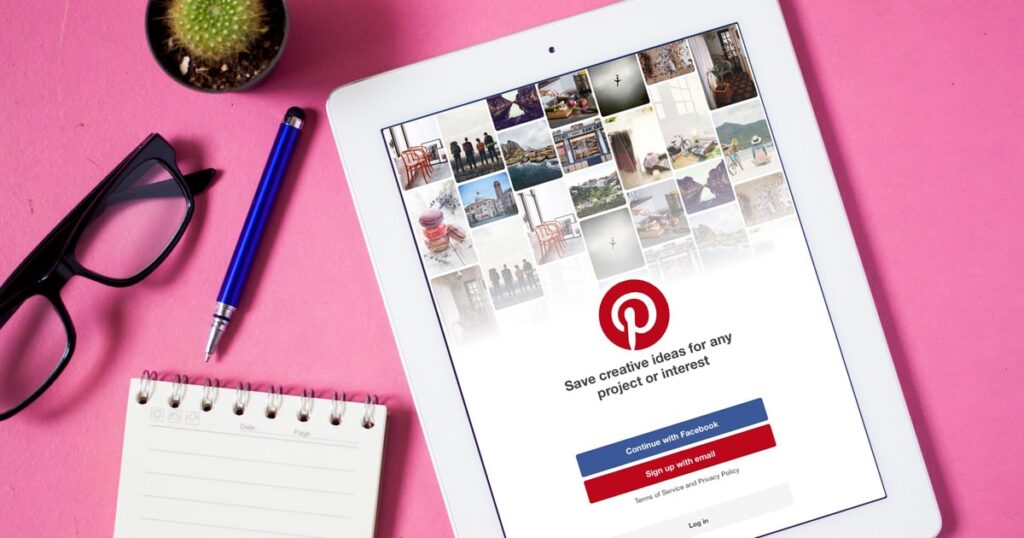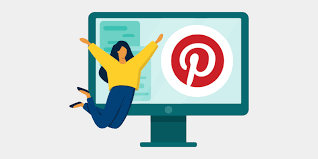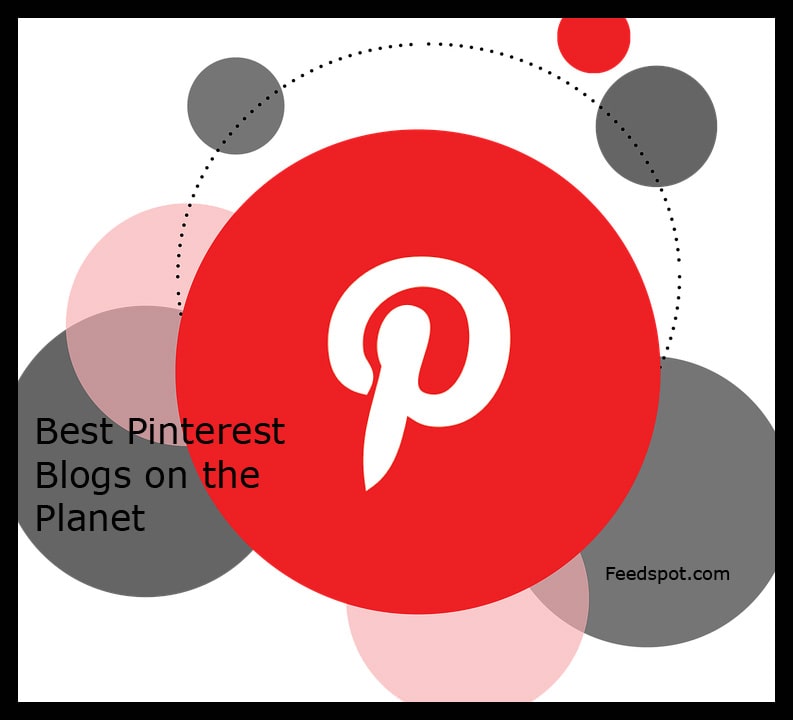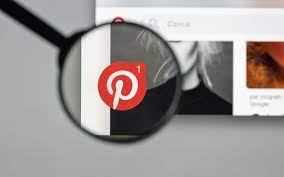
Pinterest Blog Marketing Website.
19 January 2022Pinterest is about more than pretty pictures. As the site has developed over the years, it’s becoming increasingly business and blogger friendly by offering numerous ways for people to use the site… rather than just hitting ‘pin it.’ As such, there are multiple ways to promote your blog and website. Where should you get started? These six tips will help you make the most of the online scrapbooking site.
Table of Contents
Develop a Theme for Your Page
You already know the importance of having beautiful images on your page, but you also want to make sure you’re offering a consistent theme. That means more than focusing on the categories that work the best on Pinterest, like home, arts and crafts, food, style/fashion, and travel, as long as those categories make sense for your brand. It also means creating a beautiful Pinterest landing page that people see when they first view your page.
To do this, choose a color theme, and then choose cover images for each board consistent with those colors. Also be sure to keep the page organized. That means every board on your page should have at least five images so there isn’t any blank space. Then, every image you pin should include a full caption that utilizes keywords as well as a link back to your site. To ensure that there’s a link, click the ‘edit’ button and add a link, particularly if you’re uploading an image from your computer.
Create a Blog Board
As a blogger, your most important assets are your blog posts. While you can offer a number of different boards that fit your theme — such as a board for recipes and wine pairings — you can also create specific blog boards.
That means creating a few different boards that match different themes on your blog. Perhaps part of your blog talks about soups, so this can turn into a soup blog board, while you also have a blog board dedicated to posts about the history of food, for example.
Make Your Blog Pinterest-Friendly
Again, links matter, and Pinterest is great for link building. But to build those links, you need to make it as easy as possible for people to share your content to the scrapbooking social media site. In addition to a “pin it” button on your website, also include a beautiful, Pinterest-friendly image on every single one of your blog posts.
Use Secret Boards
Secret boards aren’t just for creating future boards that aren’t yet ready to go public. With the sharing capability allowed by Pinterest, they can also be used in a number of creative ways.
- Inspiration. Create a collection of images and pinned items that can serve as inspiration and ideas for future blog posts. Every time you have writer’s block, just visit this board. You never even need to make it public; it can be just for your viewing pleasure alone, if you’d like.
- Your competitors’ pins. A general rule of thumb, when it comes to your competitors on social media, is to not reference them at all. With a secret board, you can monitor what they’re doing, and save what works best for them, and not let anyone know that you have a board full of their pins. This doesn’t mean you should copy what they’re doing per se, but it is a great way to see what works and doesn’t work in your industry.
- Brainstorming board. Once you’ve created a secret board, go back to edit it. One section in these settings will ask you, “Who can add pins?” Add people who are on Pinterest, and they’ll get a notification that they have access to your board, even though it’s “secret.” In this way, you can start brainstorming different things to talk about on your blog, or brainstorm ways to promote a new product for example, by allowing other people to pin.
- Feature exclusive content. Once again, using the sharing feature, you can invite a select few to view your latest secret board. Consider inviting your best readers or customers to this board and then offering special incentives, like free downloads of your latest ebook, that can’t be accessed anywhere else.
Utilize Rich Pins
While rich pins may require a bit of investment, as you’ll need the help of your developer to institute them on your site, they can pay off if your website features products, recipes, movies, articles or places. Once the appropriate html metatags are in place on your site, it’ll make it easy for you to pin a new image and have it populate correctly on Pinterest.
Take, for example, rich article pins, which are perfect for blogs. By adding the markup text to your website, with the click of a button you can pin an article and it will show the story’s headline, author name, description of the story (similar to a meta description), and the source URL.
This is incredibly productive because you can quickly build out a board. For a business like 12 Keys Alcohol Rehab, for example, they talk about the different kinds of addictions under the services section of its website. Each of these pages is their own article, and as such, can be pinned separately onto the same board as a resource to people visiting their Pinterest page.
Monitor What Works
Last but most definitely not least, keep an eye on what works, and that goes for your content on Pinterest as well as other people’s content in your field. To monitor other people’s pins, search for keywords relevant to your industry, and then see what images have been repinned a lot. This will give you a good idea of what works best.
As for your own pins, take a look at your analytics, which can be accessed in the dropdown menu in the top-right corner of Pinterest. Not only does this section of Pinterest allow you to take a look at your site metrics with a handy graph, but you can also see which of your pins are the most repinned and the most clicked. Tailor your future captions and images based on what you learn here.
Pinterest has a variety of different features, but the site doesn’t have to be intimidating. Once you become more familiar with the site, you’ll quickly get the hang of it, and start to see the fruits of your labor: more click throughs to your blog.




















